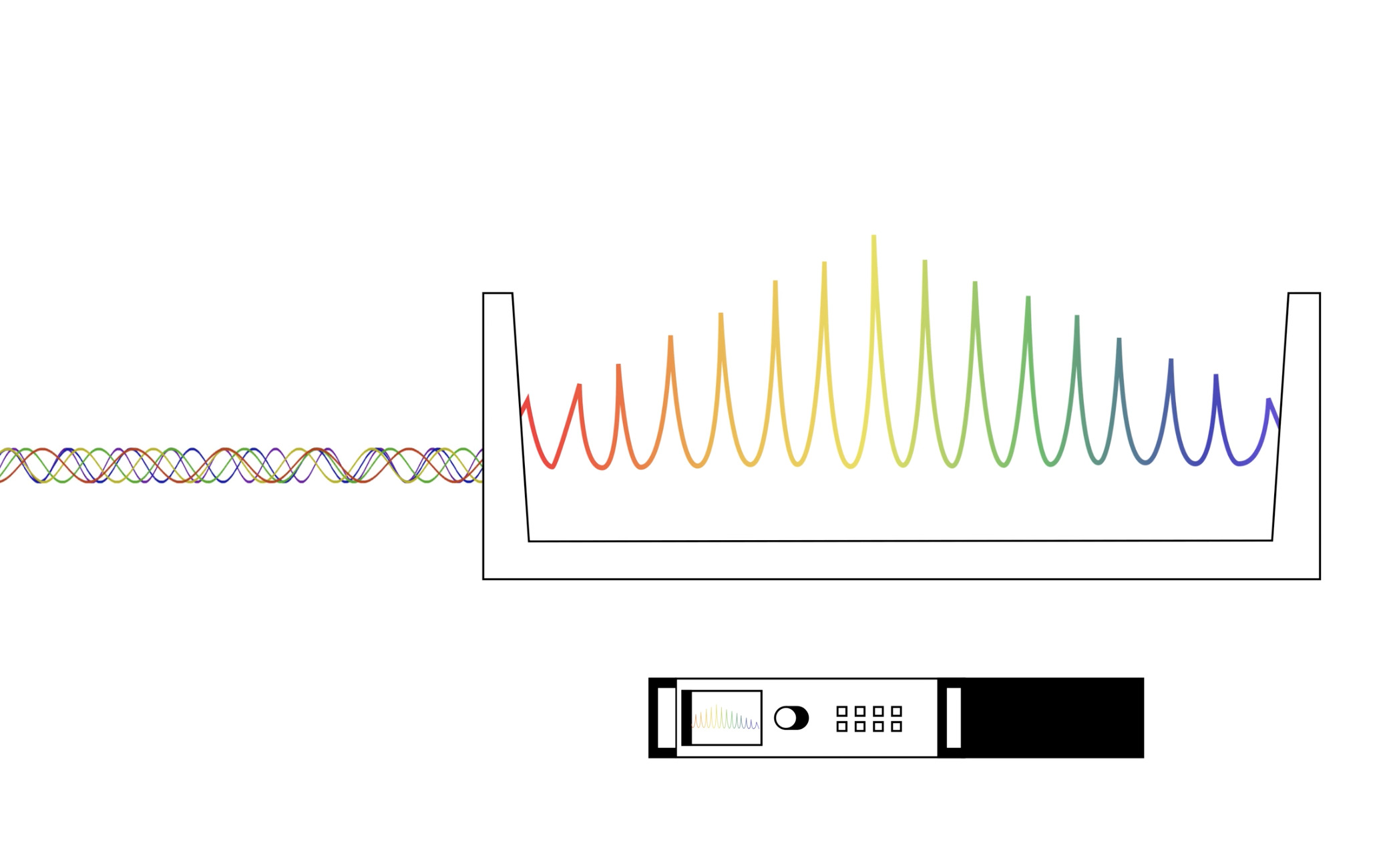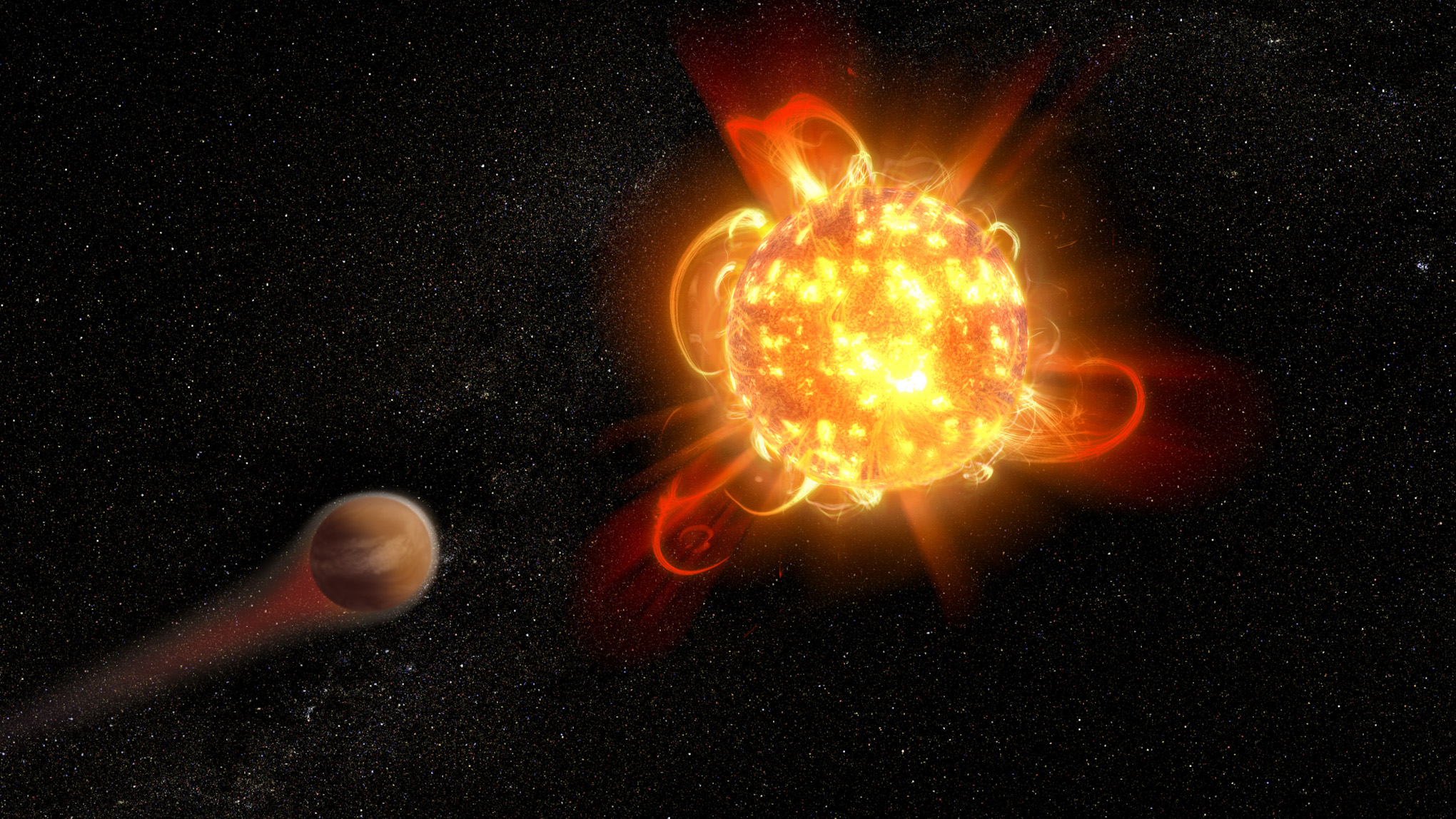Researchers from Washington State University produced the parts using Martian regolith, a black powder that replicates the rocky, inorganic material discovered on Mars’ surface. Regolith was utilised at quantities between 5% and 100%.
Components with 5% of Mars regolith were robust, while those with 100% of it were fragile and prone to breaking. In a work that was published in the International Journal of Applied Ceramic Technology, the corresponding author, Amit Bandyopadhyay, hypothesised that materials with a high Mars content could be used to make coatings that shield machines from corrosion or radiation damage.
We cannot carry anything from Earth, thus 3D printing must take place in space, according to Professor Bandyopadhyay of WSU’s School of Mechanical and Materials Engineering. And we can’t go back to get whatever we might have forgotten.
Transporting materials into space can be expensive. For instance, the researchers found that it costs the NASA space shuttle about $54,000 to launch a kilogramme (2.2 pounds) of payload into Earth orbit. Any component that can be made in space or on Earth would reduce weight and cost, and astronauts would need a way to quickly fix any broken parts.
By printing NASA parts using lunar regolith, or crushed moon rock, Bandyopadhyay and his team proved the practicality of this idea in 2011. Since then, the technology has been adopted by the space industry, and the International Space Station now has its own 3D printers to produce materials for research being conducted there.
Graduate students Bandyopadhyay, Ali Afrouzian, and Kellen Traxel conducted this study by mixing a titanium alloy, a metal frequently utilised in space flight due to its strength and heat tolerance. They employed a powder-based 3D printer to achieve this. A potent laser heated the materials during the process to above 2,000 degrees Celsius (3,632 F). By melting a mixture of Martian regolith, ceramic, and metal material that flowed onto a moving platform, the scientists were able to construct objects of various sizes and shapes. The material was tested for strength and durability after cooling.
The substance cracked as it cooled, but defects are irrelevant in the context of radiation shields, as Bandyopadhyay noted, so it might still provide useful coatings. As opposed to titanium alloy alone, a little amount of Martian dust combined with 5% regolith not only performed better than titanium alloy alone but also allowed for the creation of lighter components capable of bearing heavy loads.
It gives you a better, stronger, and tougher material, enabling you to perform noticeably better in some applications, the author claims.
Bandyopadhyay claims that while this work is still in its early stages, future research using various metals or 3D printing technologies may result in the creation of superior composites.
According to him, it shows that it is viable, and perhaps we should research in this area because it is possible to create not just fragile plastic parts but also robust metal-ceramic composite parts that can be utilised for any type of structural elements.
Story Source: Original press release by Washington State University. Note: Content may be edited for style and length by Scible News.
References
Ali Afrouzian, Kellen D. Traxel, Amit Bandyopadhyay. Martian regolith—Ti6Al4V composites via additive manufacturing. International Journal of Applied Ceramic Technology, 2022; DOI: 10.1111/ijac.14136








